To choose top yeast strains for IPAs, focus on their flavor profiles and attenuation rates. Strains like LA03 and East Coast Ale WLP008 enhance fruity esters, while California Ale WLP001 provides a clean taste. Aim for attenuation rates between 70-80% for balanced sweetness. Maintain fermentation temperatures between 60-75 ºF to optimize flavor. Also, consider alcohol tolerance for higher ABV. Helpful Hint: Experiment with different strains to find what fits your style best. There’s more to explore about brewing!
At a Glance
- Select yeast strains like LA03 for fruity esters that enhance tropical and citrus flavors in your IPA.
- Ensure the yeast has high alcohol tolerance to handle elevated ABV levels typical of IPAs.
- Choose strains with an attenuation rate of 70-80% to balance sweetness and dryness in the final product.
- Opt for yeast with low to medium flocculation to achieve the hazy appearance characteristic of NEIPAs.
- Maintain fermentation temperatures between 60-75 ºF for optimal yeast performance and flavor development.
Understanding Yeast Strains for IPAs
When brewing IPAs, understanding the different yeast strains available is essential for achieving the desired flavor profile and overall quality.
Yeast strains like LA03 are known for producing medium to high fruity esters, imparting tropical and citrus notes. The attenuation rate of IPA yeasts ranges from 71-83%, allowing you to balance sweetness and dryness.
Additionally, maintaining fermentation temperatures between 60-75 ºF is vital for ideal results. If you’re aiming for a clean profile, consider Wyeast American Ale 1056, which enhances hop character without off-flavors.
For NEIPA styles, select strains with low to medium flocculation to achieve the desired hazy appearance.
Helpful Hints:
- Always monitor fermentation temperature.
- Experiment with different yeast strains for diverse flavors.
- Understand the impact of attenuation on your final product.
Key Factors in Yeast Selection
Selecting the right yeast strain for your IPA can greatly influence the beer’s final flavor and aroma.
Choosing the appropriate yeast strain is crucial for enhancing your IPA’s flavor and aroma.
Focus on these key factors:
- Flavor and Aroma Profile: Choose yeast strains that enhance fruity esters or floral notes.
- Alcohol Tolerance: Verify the yeast can handle the higher ABV typical of IPAs for complete fermentation.
- Attenuation Rates: Pick a strain that balances sweetness or dryness to match your taste.
- Flocculation Levels: Higher flocculation yields clearer beers, while lower levels create haziness.
- Fermentation Temperature: Use the recommended temperature range for peak performance and flavor development. Additionally, ensure that the yeast is harvested from healthy fermentations to maintain its viability and purity for optimal results.
Exploring Flavor and Aroma Profiles
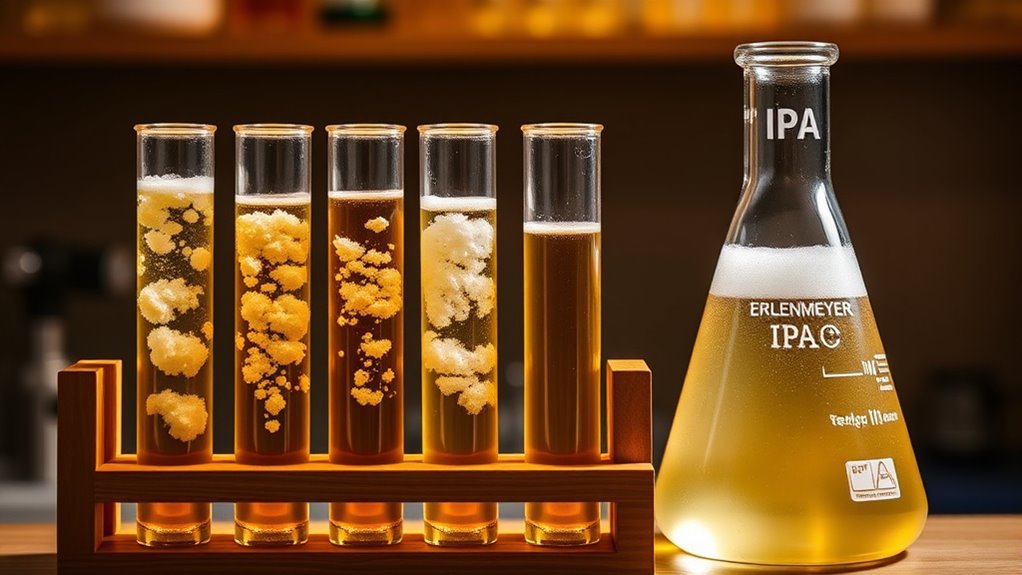
How do yeast strains shape the unique flavor and aroma profiles of IPAs?
Different strains create distinct experiences, enhancing your brew’s character. For instance:
- LA03 offers medium to high fruity esters, accentuating tropical and citrus notes.
- California Ale WLP001 is clean, highlighting hop character but less complex.
- East Coast Ale WLP008 is favored in NEIPAs for its fruity flavors.
- London Fog WLP066 provides balance with fruity characteristics.
- English Ale WLP002 presents subtle sweet esters, allowing malt and hop character to shine.
Choosing the right yeast strain is essential for achieving the desired flavor and aroma in your IPA.
Importance of Fermentation Temperature
Fermentation temperature plays a crucial role in determining the quality and characteristics of your IPA, as it directly influences yeast performance and the overall flavor profile.
For best results, ale yeast thrives between 60–75 ºF. High fermentation temperatures can boost the ester profile, creating fruity and spicy notes, while low fermentation temperatures yield a cleaner taste, ideal for hop-forward IPAs. Effective temperature management ensures optimal fermentation performance by maintaining a stable environment for yeast activity.
Helpful Hints:
- Control fermentation temperature to prevent off-flavors.
- Choose yeast strains that align with your desired flavor.
- Monitor temperature closely for consistent results.
- Experiment within temperature ranges for unique profiles.
Assessing Alcohol Tolerance and Attenuation
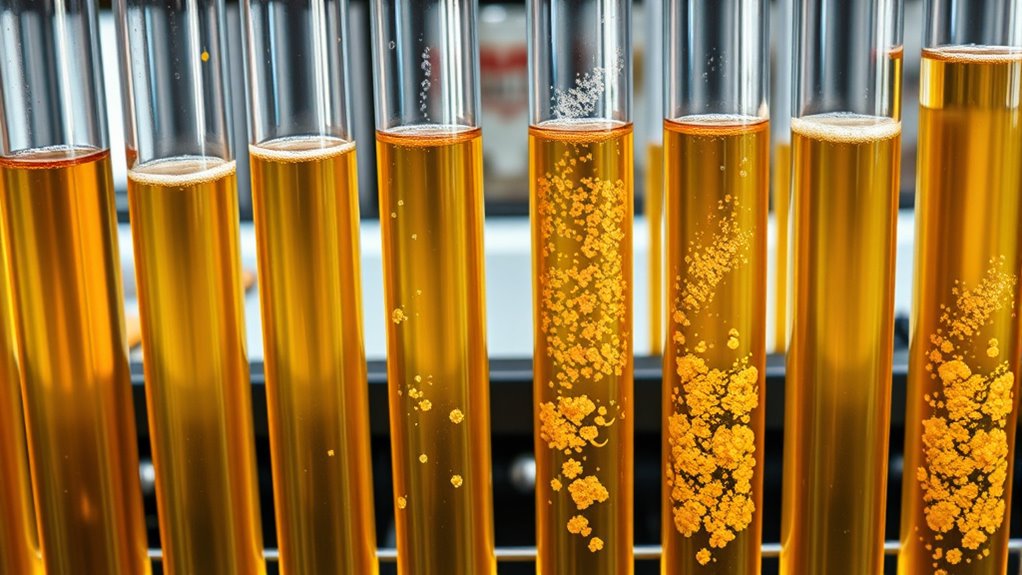
When brewing IPAs, understanding alcohol tolerance and attenuation is vital, as these factors greatly influence the final product’s taste and body.
- High alcohol tolerance yeast strains can handle elevated ABV without leaving excessive residual sugars.
- Attenuation measures how efficiently yeast converts fermentable sugars into alcohol.
- Most IPA strains have an attenuation range of 70-80%, allowing for diverse sweetness and dryness levels.
- Choosing strains with high tolerance is important for high ABV IPAs.
- Drier IPAs often appeal to craft beer enthusiasts, balancing flavor and body effectively.
Tips for Successful IPA Brewing
Successfully brewing IPAs requires attention to several key factors that can enhance the quality and flavor of your beer.
- Choose High Attenuation Yeast: Opt for yeast strains like LA03, which produce fruity esters and work well in NEIPAs.
- Manage Fermentation Temperatures: Maintain temperatures between 68–74 ºF to maximize fruity esters.
- Incorporate Dry Hopping: Add hops during fermentation to boost hop character.
- Experiment with Strains: Try different yeast strains, such as WLP008 or WLP066, to uncover unique flavor profiles. Additionally, selecting the right American ale yeast strains can contribute to a clean fermentation that allows hop flavors to shine.
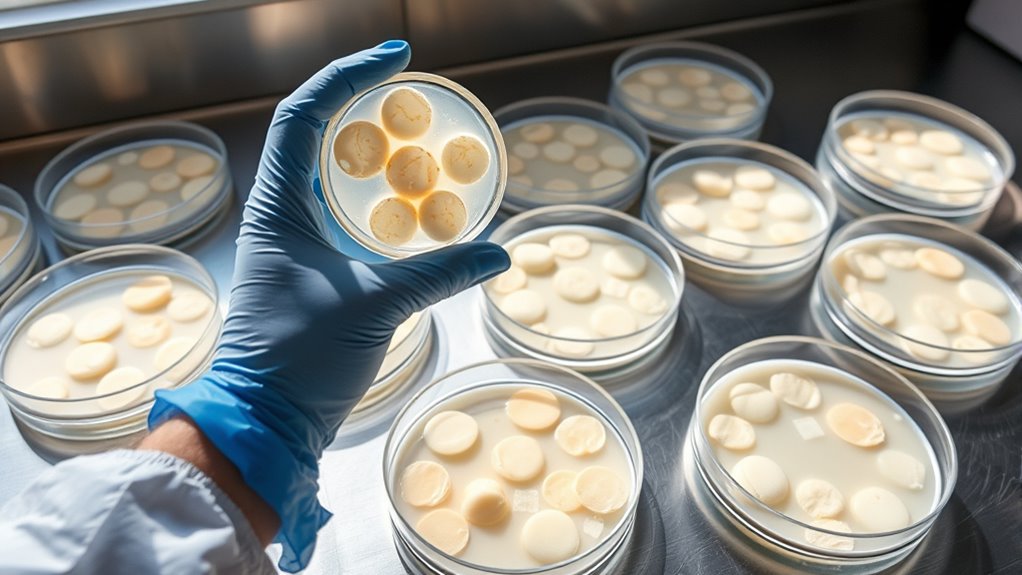
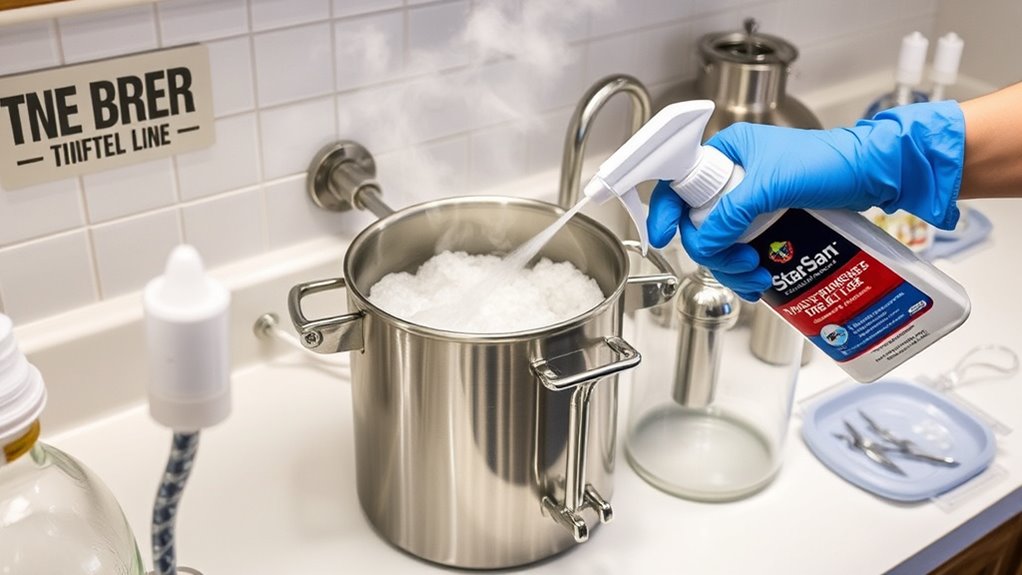
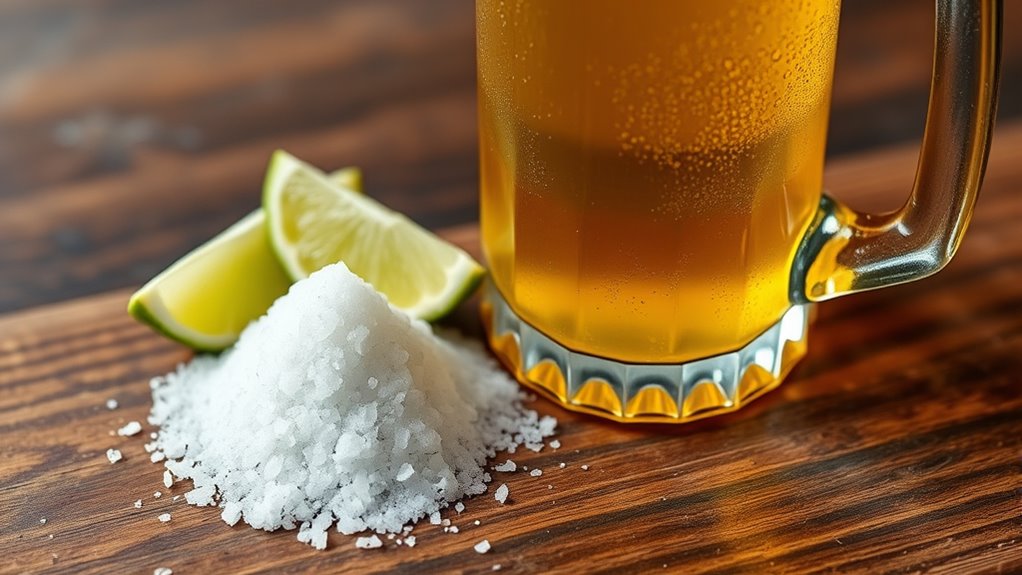
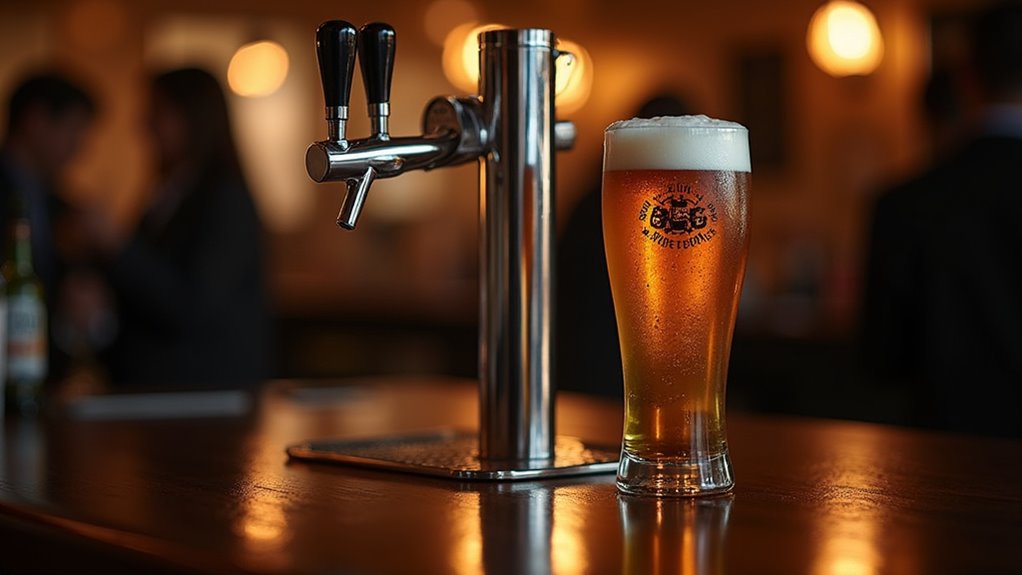
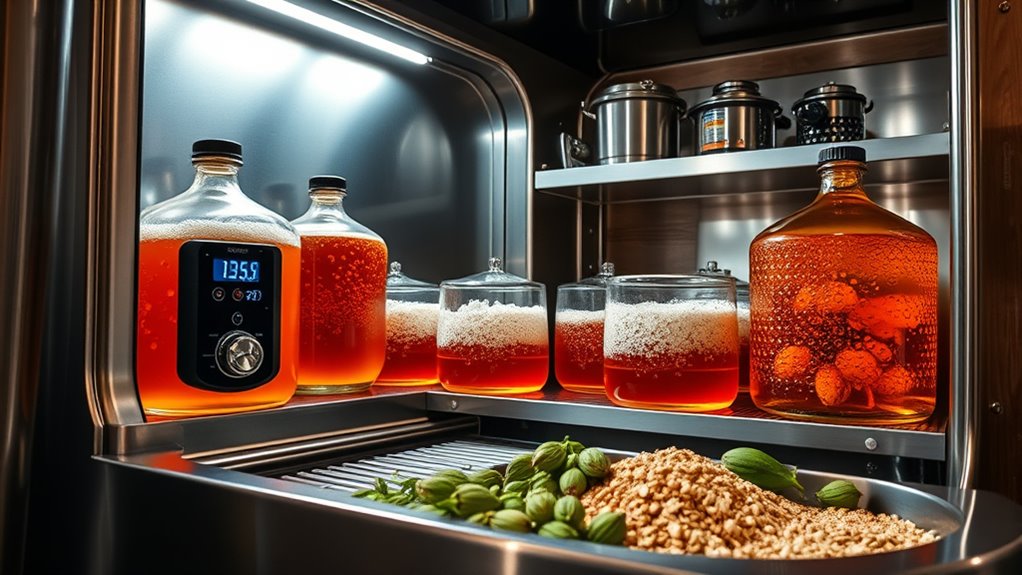
2 comments
Comments are closed.